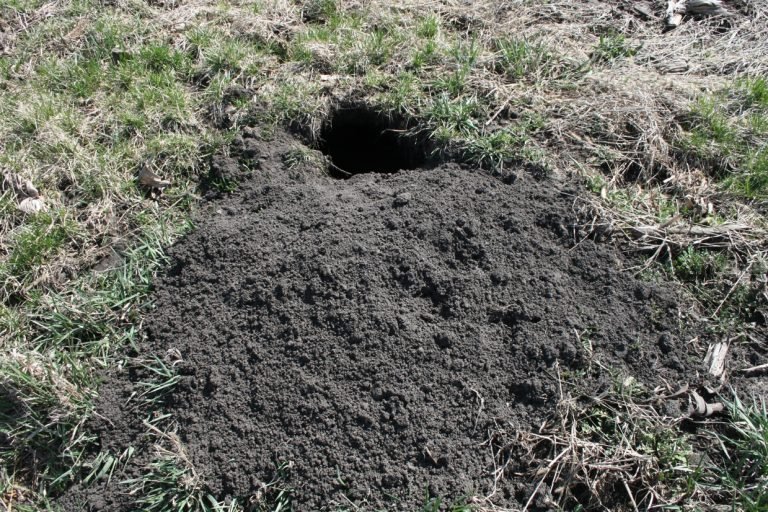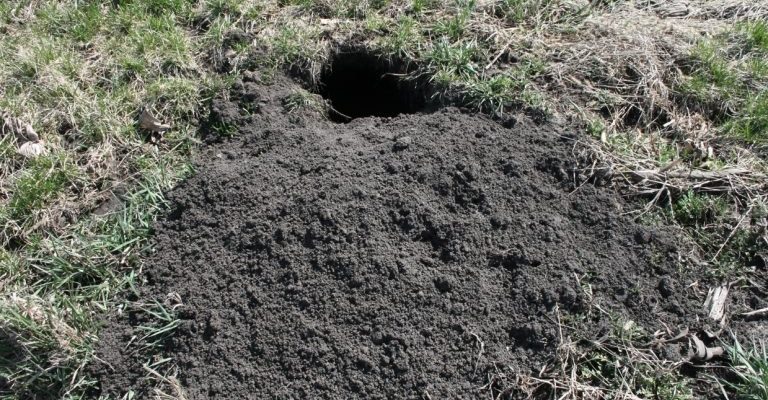
When we talk about wild rodent burrows, we’re looking at intricate tunnels created by creatures like mice, voles, and ground squirrels. These little furballs aren’t just digging for fun; their burrows serve as homes, hiding spots from predators, and even storage for food. On the flip side, wolf worms, the larvae of botflies, have their own unique way of integrating into the environment by laying eggs in these burrows. Understanding the interactions between these two can give us insight into wildlife dynamics, biodiversity, and even help us appreciate the complexity of nature.
The Architecture of Wild Rodent Burrows
When you picture a rodent burrow, think of a small, cozy apartment underground. Wild rodent burrows can vary significantly in size and complexity, depending on the species. For instance, a typical meadow vole burrow is usually about 2 to 4 inches in diameter. However, some burrows can expand into vast networks of tunnels—like a tiny city beneath the soil.
These burrows often include multiple chambers. One might serve as a nest area, another as a food storage spot, and some as escape routes. It’s almost like they’ve got their own little blueprint! Rodents are also experts at digging. They use their strong teeth to gnaw through roots and other obstacles, making their homes both functional and tough to invade.
Burrows are also strategic. Located away from predators and in areas rich with resources, they provide a safe haven for these small mammals. Think of it as a high-security zone that keeps the little critters safe from harm while offering easy access to food and shelter.
The Importance of Burrows in Ecosystem Dynamics
You might be surprised to learn that rodent burrows play an essential role in the ecosystem. These tunnels help aerate the soil. When rodents dig, they break up the compact earth, allowing air and water to seep deeper into the ground. Healthy soil helps plants thrive, which in turn supports herbivores and keeps the food chain humming along.
Additionally, burrows provide homes for many other creatures. Small insects, amphibians, and even other mammals may take refuge in these underground passages. It’s like a bustling community down there, all thanks to the work of these tiny builders.
Moreover, some plants even rely on the nutrients from decomposed organic matter found in these burrows. So when you see a rodent hole, remember it’s not just a tunnel; it’s a hub of life. This interconnectedness emphasizes the importance of protecting these small creatures and their habitats.
Wolf Worms: A Closer Look at Their Lifecycle
Wolf worms, or botfly larvae, might not be the first thing that comes to mind when you think of nature. These parasites have a unique lifecycle and an interesting relationship with their hosts. Female botflies lay their eggs on or near the burrows of rodents, knowing that their larvae will have a reliable food source once they hatch.
Once the eggs hatch, the larvae enter the host through the skin. It’s a bit gross, but fascinating too! The larvae live under the skin, feeding on the host’s tissue while the rodents continue their daily lives. This might raise the question: doesn’t it harm the rodent? In most cases, it doesn’t kill them—often, they live with the larvae until they mature.
Despite their creepy-crawly nature, wolf worms play a part in controlling rodent populations. If their numbers get too high, they create a natural check on the population, contributing to a balanced ecosystem. You might say they serve as nature’s way of keeping everything in check.
Burrows and Wolf Worms: A Symbiotic Relationship
At first glance, it may seem like wild rodents and wolf worms are in direct competition, but their relationship is more about balance. Rodent burrows provide the perfect environment for wolf worms. They offer both shelter and access to food—essentially, a hospitable home for these developing larvae.
On the other hand, rodent populations benefit indirectly from the presence of wolf worms. Since these larvae prey on weaker hosts, they help maintain a healthier rodent community overall. In nature, this balance is crucial; every creature, no matter how small, plays a role in the ecosystem.
However, it’s essential to recognize the potential downsides. If wolf worm populations become too high, they may stress rodent populations. This can lead to a decrease in certain rodent species, which can disrupt the entire ecosystem balance. Therefore, monitoring these populations is vital for maintaining healthy wildlife dynamics.
Challenges in Understanding and Protecting These Species
One challenge in studying wild rodent burrows and wolf worms is that many people overlook the importance of these creatures. Often, they’re seen as pests rather than vital parts of the ecosystem. It’s crucial to educate ourselves and others about their roles to foster understanding and promote conservation efforts.
With habitat loss and climate change affecting ecosystems worldwide, it’s more important than ever to protect these underground dwellers. For instance, when natural habitats are destroyed, rodent populations may decline, which, in turn, can impact wolf worm survival. Ensuring these environments remain intact helps not just the rodents and the worms, but a whole host of animals reliant on them.
Community awareness initiatives can also help address misconceptions. Fun facts and educational materials about how **wild rodent burrows** and wolf worms contribute to a balanced ecosystem can encourage a more respectful attitude toward these creatures.
So, the next time you’re walking through a field or a forest, remember there’s much more happening beneath your feet. **Wild rodent burrows** and wolf worm egg sites are essential parts of our natural world, influencing ecosystems in profound ways. They’re interconnected in a quiet dance that highlights the beauty and complexity of life.
Understanding these relationships can deepen our appreciation for nature and motivate us to protect it. After all, every little creature matters, and their stories, much like the ones we weave into our lives, are intricate and significant. Embracing this perspective can lead to a healthier planet for all.

